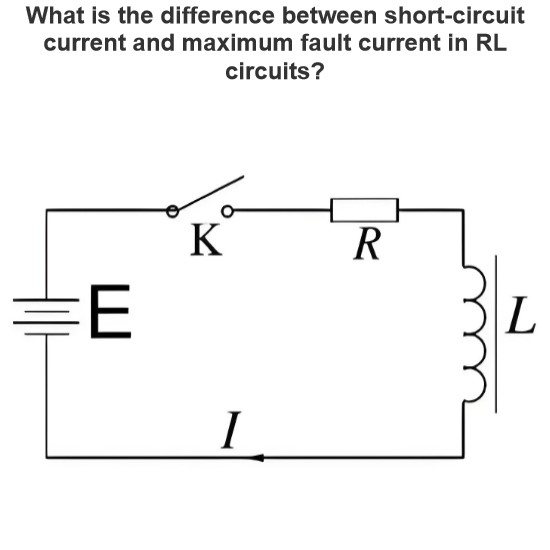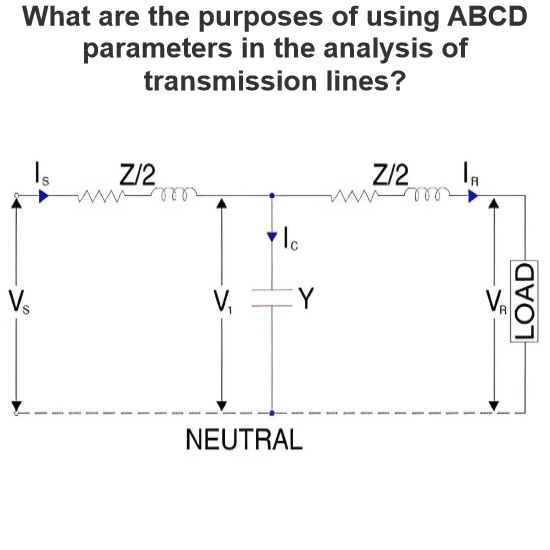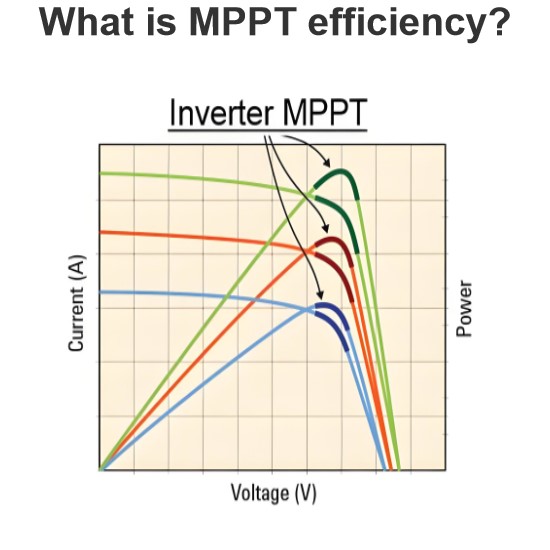What are the characteristics of a DC current?
Characteristics of Direct Current (DC)
Direct Current (DC) is a type of electrical current that flows in a single direction, unlike Alternating Current (AC), which periodically reverses direction. DC has several distinct characteristics:
1. Constant Direction
Direction: DC flows consistently from the positive terminal to the negative terminal of the power source.
Stability: Due to its constant direction, DC is more stable and is suitable for applications requiring a steady current.
2. Voltage and Current Waveform
Waveform: The voltage and current waveforms of DC are typically flat lines, without periodic variations.
Ripple: While ideally DC is constant, in practical applications, there may be small ripples or fluctuations.
3. Application Range
Electronics: Many electronic devices, such as mobile phones, computers, and LED lights, use DC internally.
Battery-Powered Devices: Batteries provide DC, making them suitable for portable devices and mobile applications.
Solar Systems: Solar panels generate DC, which is often converted to AC using inverters for household or grid use.
4. Transmission and Conversion
Transmission: DC has lower transmission losses over long distances, making it suitable for High-Voltage Direct Current (HVDC) transmission systems.
Conversion: DC can be converted from AC using rectifiers and from DC to AC using inverters.
5. Electromagnetic Effects
Magnetic Field: The magnetic field generated by DC is constant and does not change over time.
Electromagnetic Interference (EMI): DC generates less EMI compared to AC, making it suitable for applications sensitive to electromagnetic interference.
6. Control and Regulation
Control: DC is easier to control and regulate, making it suitable for applications requiring precise current control, such as motor speed control and power management.
Switching: DC switching operations are simpler, making them suitable for switch-mode power supplies and Pulse Width Modulation (PWM) techniques.
7. Storage
Batteries: DC can be conveniently stored in batteries, making it ideal for backup power and mobile power applications.
Supercapacitors: Supercapacitors can also store DC, making them suitable for applications requiring rapid charging and discharging.
8. Circuit Design
Simplicity: DC circuit design is relatively simple, as it does not require consideration of phase and frequency issues.
Filtering: Filters are commonly used in DC circuits to eliminate ripples and ensure current stability.
9. Safety
Electric Shock Risk: The risk of electric shock from DC differs from AC, with DC shocks feeling different but equally dangerous.
Protection Measures: DC circuits typically use fuses, circuit breakers, and overcurrent protection devices to ensure safety.
10. Application Examples
Electric Vehicles: The battery systems and motors in electric vehicles use DC.
Data Centers: Power systems in data centers often use DC to improve efficiency and stability.
Aerospace: DC power is widely used in aerospace equipment to ensure reliability and stability.
Summary
Direct Current (DC) is characterized by its constant direction, flat waveform, broad application range, low transmission losses, ease of control and regulation, convenient storage, and simple circuit design. These characteristics make DC widely used in electronics, battery-powered devices, solar systems, HVDC transmission, motor control, and other fields. Understanding the characteristics of DC helps in better designing and applying electrical systems.
The Electricity Encyclopedia is dedicated to accelerating the dissemination and application of electricity knowledge and adding impetus to the development and innovation of the electricity industry.




